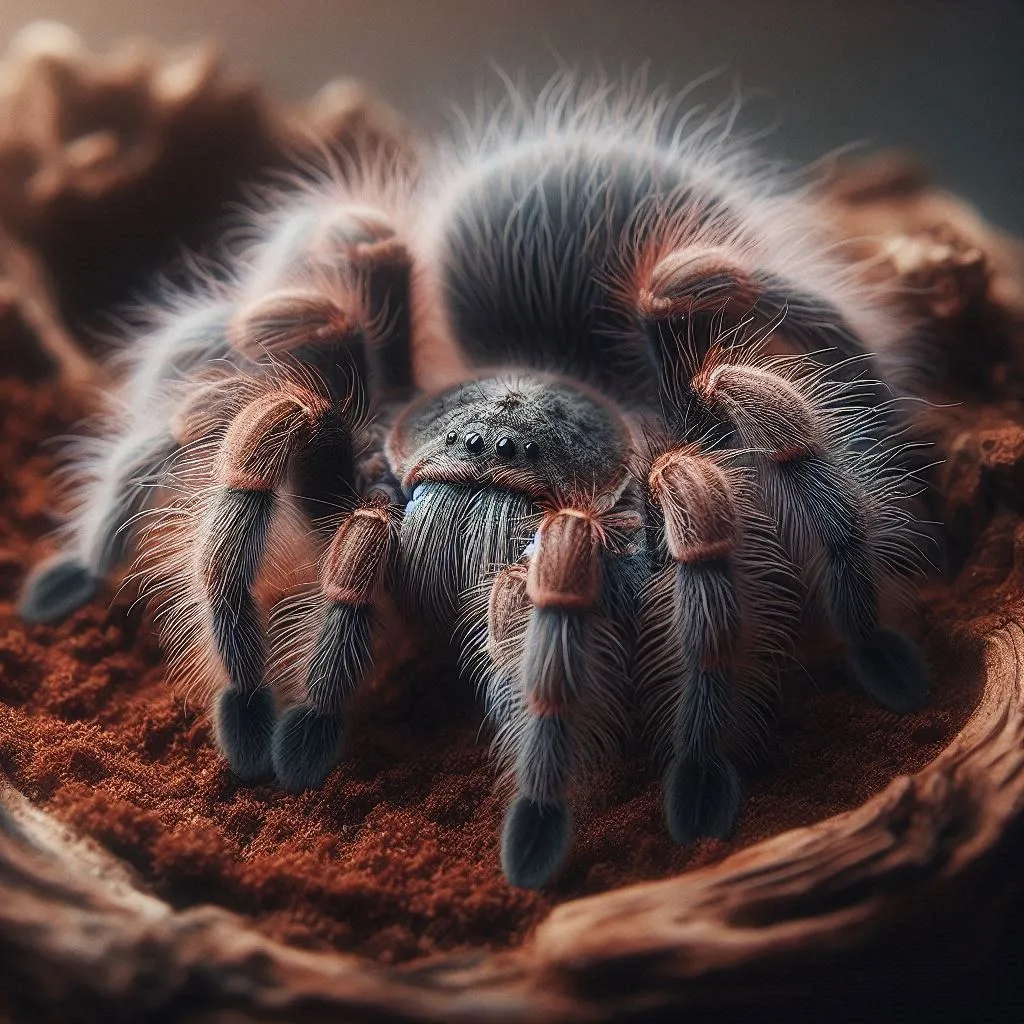Understanding the Curly Hair Tarantula
The Curly Hair Tarantula (Tliltocatl albopilosus), a native of the tropical forests of Costa Rica, is a popular choice for beginner arachnid enthusiasts. Known for their docile nature and distinctive appearance, these tarantulas offer a fascinating glimpse into the world of invertebrates. Their manageable size and relatively straightforward care requirements make them a rewarding pet for those willing to provide a suitable environment. Understanding the basics of their origin, characteristics, and specific needs is crucial for ensuring their well-being and longevity. This comprehensive care sheet will delve into all aspects of caring for your Curly Hair Tarantula, from habitat setup and feeding to handling and health maintenance.
Origin and Characteristics
Originating from the humid environments of Central America, specifically Costa Rica, Curly Hair Tarantulas thrive in conditions that mimic their natural habitat. They are terrestrial spiders, meaning they spend most of their time on the ground. In the wild, they typically construct burrows or utilize natural shelters. Understanding their natural behaviors is key to replicating a comfortable and stimulating environment in captivity. They are relatively slow-growing tarantulas, reaching a mature size over several years, and can live for up to 10 years or more with proper care. Their unique appearance and manageable temperament contribute to their popularity as pets.
Appearance
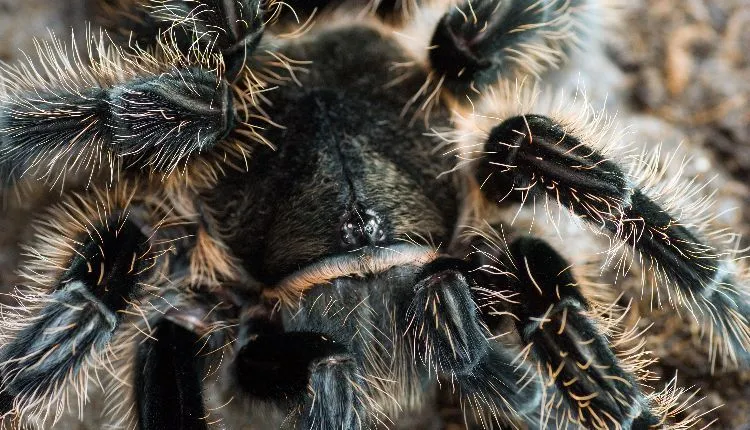
The Curly Hair Tarantula is instantly recognizable due to its dark brown to black body covered in long, curly hairs that give it a distinctive fuzzy appearance. These hairs are not just for show; they also serve a sensory function, helping the tarantula detect vibrations and changes in its environment. The coloration can vary slightly depending on the individual and the lighting conditions. As they molt, their appearance can change, with the new exoskeleton revealing brighter colors before darkening again. Females tend to be larger than males, and both sexes exhibit the characteristic curly hairs that give the species its name. The overall appearance is quite appealing, contributing to their popularity as pets.
Temperament
Curly Hair Tarantulas are generally docile and considered one of the more handleable tarantula species. However, it is important to remember that they are still wild animals and can react defensively if they feel threatened. They are not typically prone to biting, preferring to flick urticating hairs from their abdomen as a defense mechanism. This can cause skin irritation in humans. While they are generally calm, individual temperaments can vary, so it is important to observe your tarantula’s behavior and handle it with care and respect. Frequent handling is not recommended, as it can stress the spider. Regular interaction should focus on providing a comfortable environment rather than direct physical contact.
Top 5 Care Tips for Curly Hair Tarantulas
Caring for a Curly Hair Tarantula is relatively straightforward, but it is essential to understand and meet their specific needs. The following five tips will help you create a thriving environment for your pet tarantula, ensuring its health and happiness. From setting up the perfect habitat to providing the right diet and maintaining a clean environment, these tips are essential for responsible tarantula ownership. Following these guidelines will significantly increase the chances of your tarantula living a long and healthy life.
Habitat Setup
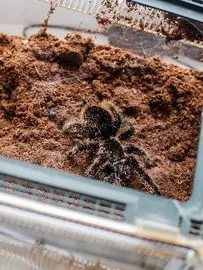
Creating a suitable habitat is the cornerstone of Curly Hair Tarantula care. The enclosure should mimic their natural environment, providing shelter, appropriate humidity, and temperature. The size, substrate, decor, temperature, and humidity all play crucial roles in the tarantula’s well-being. Proper habitat setup not only promotes the tarantula’s health but also allows for fascinating observation of its natural behaviors. A well-designed enclosure reduces stress and provides a comfortable space for your tarantula to thrive. Ensure that all materials used are safe and non-toxic to the spider.
Enclosure Size
The size of the enclosure should be appropriate for the tarantula’s size. A juvenile Curly Hair Tarantula can be comfortably housed in a 5-10 gallon terrarium. As the tarantula grows, you will need to upgrade to a larger enclosure. A full-grown adult will require a 10-20 gallon terrarium, or even larger, depending on the individual. The enclosure should be wider than it is tall, as these spiders are terrestrial and do not climb extensively. Make sure the enclosure has a secure, well-ventilated lid to prevent escape, as tarantulas can be surprisingly adept at finding their way out.
Substrate and Decor
The substrate is the bedding material that covers the bottom of the enclosure. For Curly Hair Tarantulas, a substrate that retains moisture but also allows for burrowing is ideal. A mixture of coconut fiber, peat moss, and a small amount of vermiculite works well. The substrate should be deep enough for the tarantula to burrow, typically 4-6 inches. Decorate the enclosure with a hide, such as a piece of cork bark or a half-log, to provide a secure retreat. Add a shallow water dish and a few silk plants or other decorations for visual interest and to provide additional hiding places. Avoid sharp objects that could injure the tarantula.
Temperature and Humidity
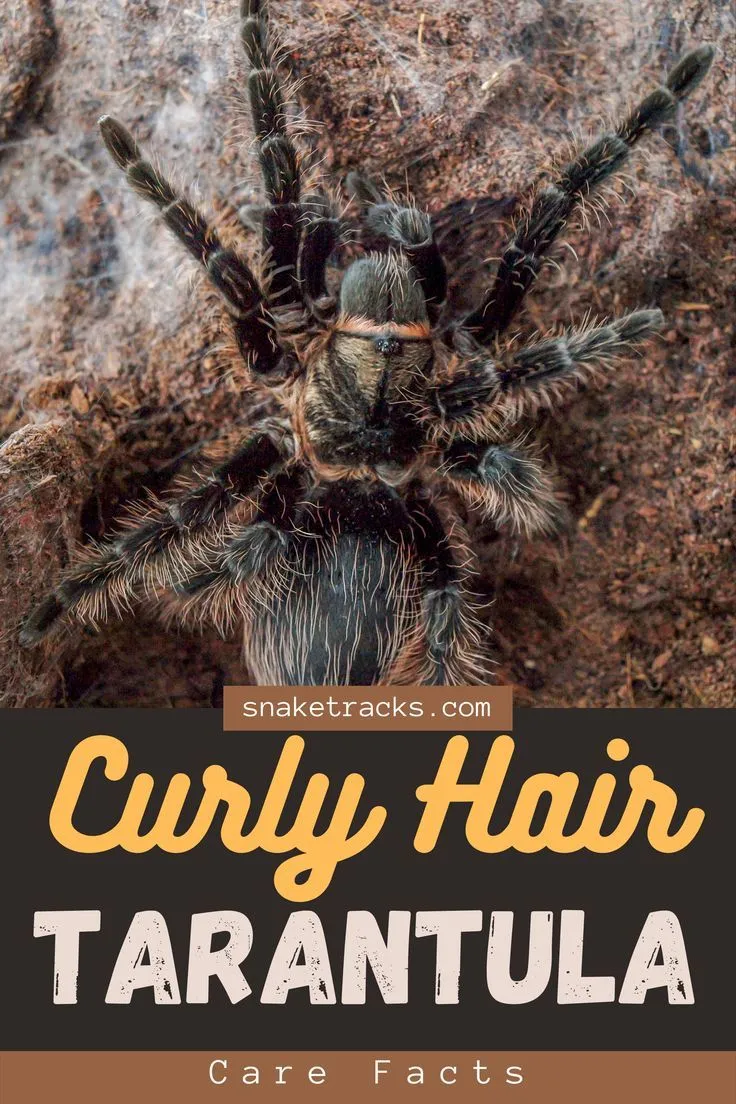
Curly Hair Tarantulas thrive in a temperature range of 75-85°F (24-29°C). A heat lamp or under-tank heater can be used to maintain this temperature. Avoid placing the heat source directly under the hide. Humidity should be kept at 60-70%. This can be achieved by misting the enclosure with water every few days or by providing a water dish. Use a hygrometer to monitor humidity levels. Proper temperature and humidity are crucial for molting and overall health. Ventilation is also important to prevent mold and mildew growth within the enclosure, so ensure there is adequate airflow.
Feeding Your Curly Hair Tarantula
Feeding your Curly Hair Tarantula involves providing a diet that meets its nutritional needs and ensures its health. Crickets, mealworms, and other insects are the primary food sources. The size of the prey should be appropriate for the tarantula’s size. Overfeeding can lead to obesity, while underfeeding can stunt growth. Always remove uneaten food within 24 hours to prevent mold growth. The frequency of feeding depends on the tarantula’s age and size. Careful attention to diet and feeding habits will help ensure the health and longevity of your tarantula.
Diet and Frequency
Curly Hair Tarantulas primarily eat insects. Crickets, mealworms, dubia roaches, and other commercially available insects are suitable. The size of the prey should be no larger than the tarantula’s body. A juvenile tarantula can be fed 2-3 times a week, while adults can be fed once a week or every other week. Adjust the feeding frequency based on the tarantula’s appetite and body condition. Ensure that the insects are gut-loaded with nutritious food before feeding them to your tarantula. This ensures that your tarantula receives all the essential nutrients.
Watering
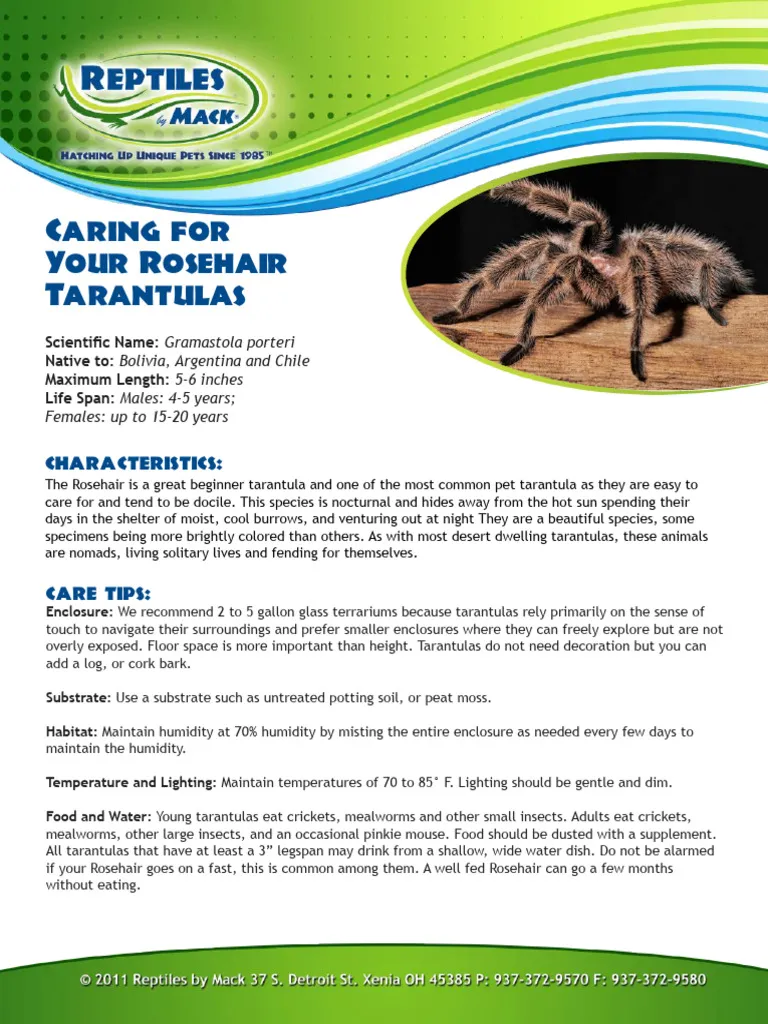
A shallow water dish should always be available for your Curly Hair Tarantula. The water should be clean and fresh. Change the water regularly to prevent bacterial growth. Some tarantula keepers also mist the enclosure occasionally to provide additional humidity. It is crucial to provide access to clean water at all times to ensure proper hydration. For juveniles, you can use a small bottle cap filled with water. As your tarantula grows, you can increase the size of the water dish.
Handling and Safety
While Curly Hair Tarantulas are generally docile, it is important to handle them with care and respect. Handling should be kept to a minimum, as it can stress the tarantula. When handling is necessary, do so gently and avoid sudden movements. Always supervise children when they are near the tarantula’s enclosure, and teach them about the importance of respecting the animal. Being aware of the potential risks and taking appropriate precautions is crucial for safe handling and a positive experience for both the owner and the tarantula. Remember that safety is paramount.
Handling Considerations
If you choose to handle your Curly Hair Tarantula, do so with caution. Approach the tarantula slowly and allow it to walk onto your hand. Avoid grabbing or startling the tarantula, as this can cause it to bite or flick urticating hairs. Always handle the tarantula over a soft surface, such as a bed or a carpet, in case it falls. Wash your hands thoroughly before and after handling. Be aware of the tarantula’s body language, and if it appears stressed or defensive, put it back in its enclosure immediately.
Venom and Bites

Curly Hair Tarantulas have venom, but their bite is not considered medically significant to humans. The bite may cause localized pain, redness, and itching, but is unlikely to cause serious harm. However, individuals can have different reactions to the bite. If bitten, wash the area with soap and water and monitor for any allergic reactions. More commonly, Curly Hair Tarantulas will flick urticating hairs when threatened. These hairs can cause skin irritation and, in some cases, respiratory problems. Avoid touching your eyes or face after handling your tarantula or its enclosure. If you experience irritation, seek medical attention.
Health and Maintenance
Maintaining the health of your Curly Hair Tarantula involves observing its behavior, providing a clean environment, and knowing what to look for in terms of potential health issues. Regular monitoring and proactive care can help prevent problems and ensure your tarantula lives a long and healthy life. This includes understanding the molting process, identifying potential health problems, and taking preventive measures to maintain a healthy environment. A well-cared-for tarantula is a happy tarantula.
Molting
Molting is a natural process for tarantulas where they shed their exoskeleton to grow. During this time, the tarantula may stop eating and spend most of its time in its hide. The tarantula will typically flip onto its back to molt. Do not disturb the tarantula during this process. Provide a slightly higher level of humidity to assist with molting. After molting, the tarantula’s new exoskeleton will be soft and vulnerable. Do not feed the tarantula for a few days until the exoskeleton has hardened. Molting frequency decreases as the tarantula ages. Molting is a sign of healthy growth.
Identifying Health Issues

Regularly observe your Curly Hair Tarantula for signs of illness. These can include loss of appetite, lethargy, difficulty moving, unusual body positions, or discoloration. If you notice any of these signs, consult with an experienced tarantula keeper or a veterinarian familiar with invertebrates. Mites, parasites, and fungal infections can also affect tarantulas, so it is important to monitor for any unusual growths or changes in appearance. Early detection and treatment are essential for successful recovery. Ensuring proper care from the start reduces the likelihood of health problems.
Preventative Care
Preventive care includes maintaining a clean enclosure, providing a balanced diet, and avoiding stress. Regularly clean the enclosure, removing uneaten food and any waste. Provide a variety of insects to ensure your tarantula receives all the necessary nutrients. Avoid handling your tarantula excessively. Maintaining proper temperature and humidity levels is also essential. Quarantine new tarantulas before introducing them to your collection to prevent the spread of disease or parasites. These preventative measures will significantly contribute to your tarantula’s health and well-being, maximizing its chances of a long and healthy life. Proper care will greatly benefit your tarantula’s longevity.
Conclusion
Caring for a Curly Hair Tarantula can be a rewarding experience. By following the care tips outlined in this sheet, you can provide your tarantula with a comfortable and healthy environment. Understanding their natural behaviors, providing appropriate habitat, and maintaining a balanced diet are key to ensuring their well-being. Remember to handle your tarantula with care and respect and to monitor them for any signs of illness. With proper care, your Curly Hair Tarantula can be a fascinating and enjoyable pet for years to come. Enjoy the unique opportunity to learn about and appreciate these amazing creatures. Happy tarantula keeping!
